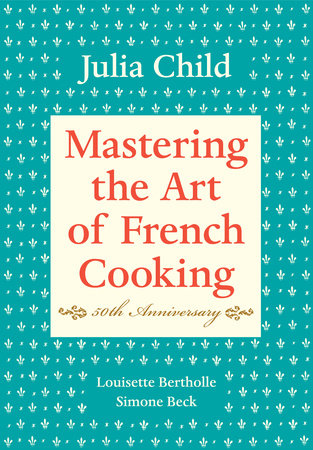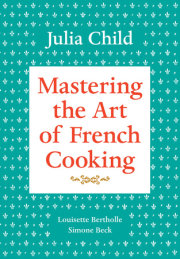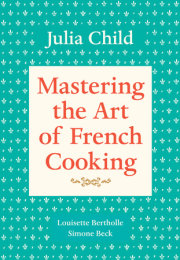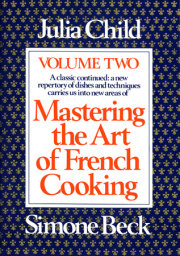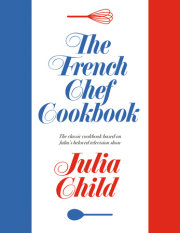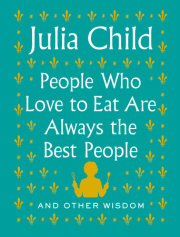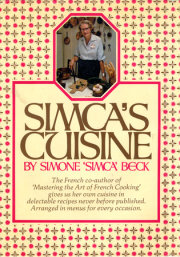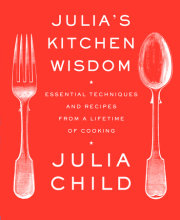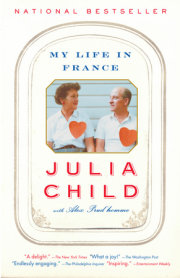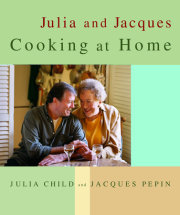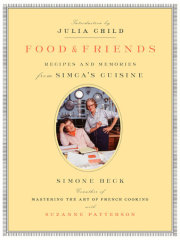Clafouti
(Cherry Flan)
For 6 to 8 people
The clafouti (also spelled with a final "s" in both singular and plural) which is traditional in the Limousin during the cherry season is peasant cooking for family meals, and about as simple a dessert to make as you can imagine: a pancake batter poured over fruit in a fireproof dish, then baked in the oven. It looks like a tart, and is usually eaten warm.
(If you have no electric blender, work the eggs into the flour with a wooden spoon, gradually beat in the liquids, then strain the batter through a fine sieve.)
3 cups pitted black cherries
1 1/4 cups milk
2/3 cup granulated sugar
3 eggs
1 tablespoon vanilla extract
1/8 teaspoon salt
1/2 cup flour
Powdered sugar in a shaker
Preheat oven to 350 degrees.
Use fresh, black, sweet cherries in season. Otherwise use drained, canned, pitted Bing cherries, or frozen sweet cherries, thawed and drained.
Place the milk, 1/3 cup sugar, eggs, vanilla extract, salt, and flour in your blender jar in the order in which they are listed. Cover and blend at top speed for 1 minute.
Pour a 1/4-inch layer of batter in a 7- to 8-cup buttered, fireproof baking dish or pyrex pie plate about 1 1/2 inches deep. Set over moderate heat for a minute or two until a film of batter has set in the bottom of the dish. Remove from the heat. Spread the cherries over the batter and sprinkle on the remaining 1/3 cup of sugar. Pour on the rest of the batter and smooth the surface with the back of a spoon.
Place in middle position of preheated oven and bake for about an hour. The
clafouti is done when it has puffed and browned, and a needle or knife plunged into its center comes out clean. Sprinkle top of
clafouti with powdered sugar just before bringing it to the table. (The
clafouti need not be served hot, but should still be warm. It will sink down slightly as it cools.)
Copyright © 2001 by Julia Child, Louisette Berthol. All rights reserved. No part of this excerpt may be reproduced or reprinted without permission in writing from the publisher.

